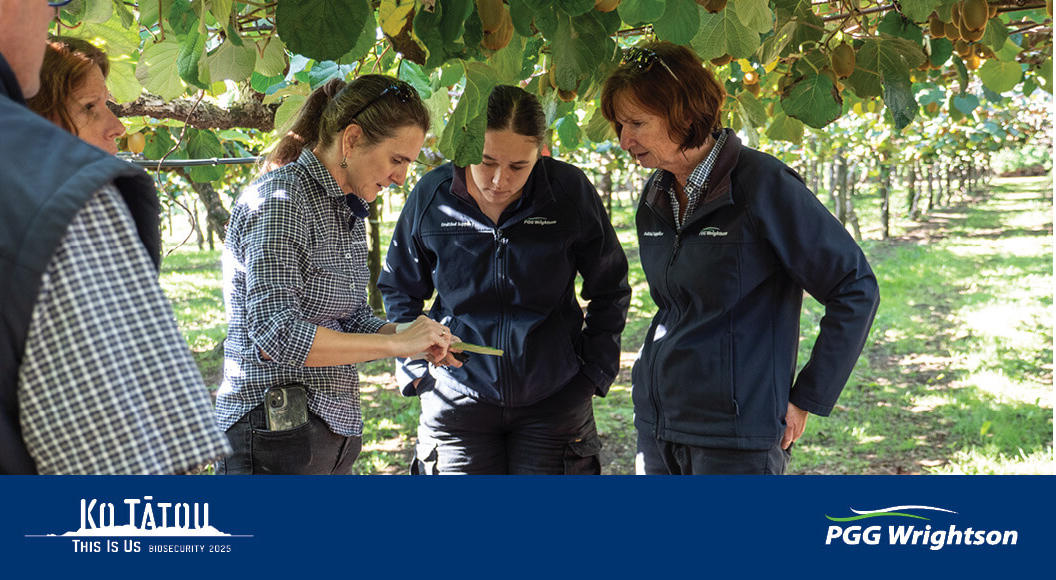
Foliar Nutrition Guide
Foliar fertiliser application is a technique of feeding plants by applying liquid fertiliser directly to their leaves. It can be an excellent supplement to soil-applied nutrients, increasing short-term nutrient
utilisation and quickly correcting nutrient deficiencies compared to soil application.
With foliar application, plants are able to absorb essential elements through their stomata (a pore on the leaf) and also through their epidermis (external layer of the leaf). Absorption is also affected by the form of nutrient and carriers/adjuvants in the product.
Nutrient levels in high value fruit/vegetable crops, fodder beet and lucerne forage crops are commonly monitored closely. If a deficiency is detected, foliar fertilisers are generally applied. However, the quantity of nutrients absorbed depends on factors relating to the specific nutrient, the crop, the current climate and the application technique.
To achieve full benefits from foliar feeding, proper nutrient application relative to the specific crop need or growth stage is essential. Foliar nutrients should be applied before the plant is showing a visual demand. Leaf cuticle thickness increases with plant age, so foliar nutrient application late in the growing season will also be less effective. Being aware of the climate condition at the time of application is essential since heat or moisture stress can reduce nutrient absorption rates. Early morning or late evening application, when leaves are wet, increases absorption and response.
Foliar applications are especially effective with micronutrients (nutrients that plants require in small quantities). For example, Boron (B) is rapidly absorbed and can rapidly correct B deficiencies in many crops. However, foliar applications do not replace soil applications of macronutrients (nutrients that plants require in large quantities). Correcting macronutrient deficiencies with foliar fertiliser can be difficult because of the relatively high nutrient requirement relative to nutrient absorption rates through leaves. This is why the bulk of the plants’ requirement for specific macronutrients should be soil applied before planting, as excessive foliar nutrient application can cause leaf ‘burning’, so always take care.
A convenient benefit of foliar fertilisers is that they can be combined with foliar pesticide applications. However, always read the label and check product compatibilities. Your local PGG Wrightson Technical Field Representative can also offer advice.


